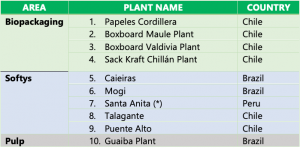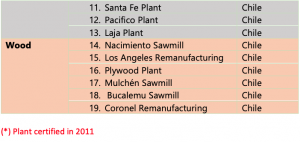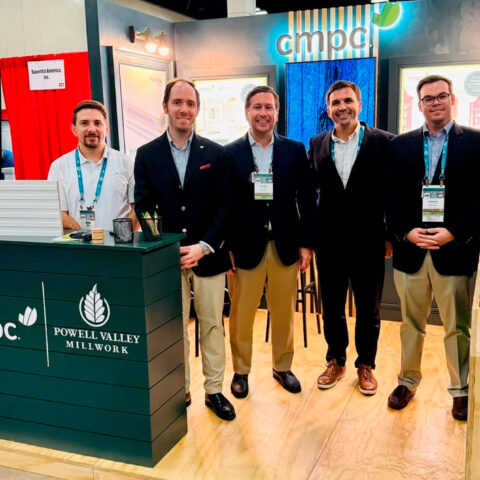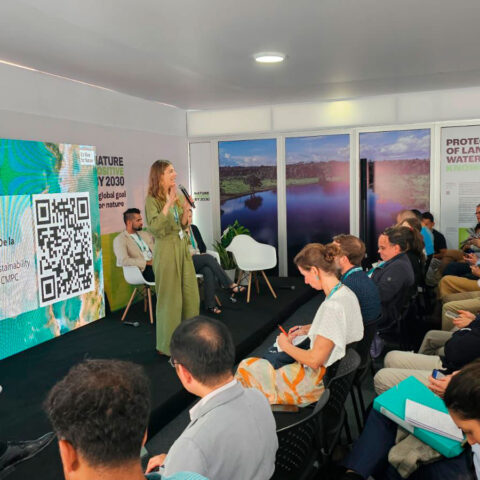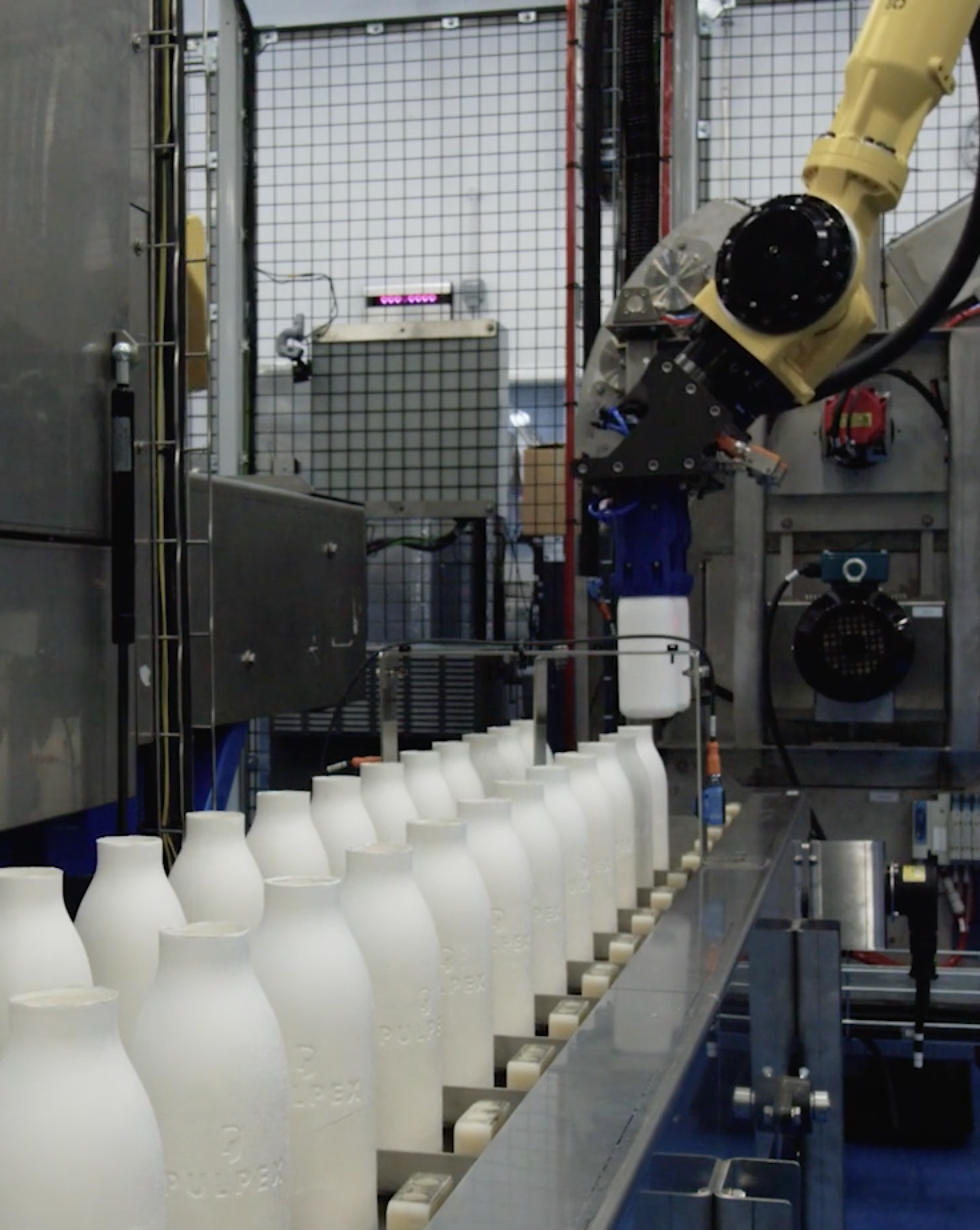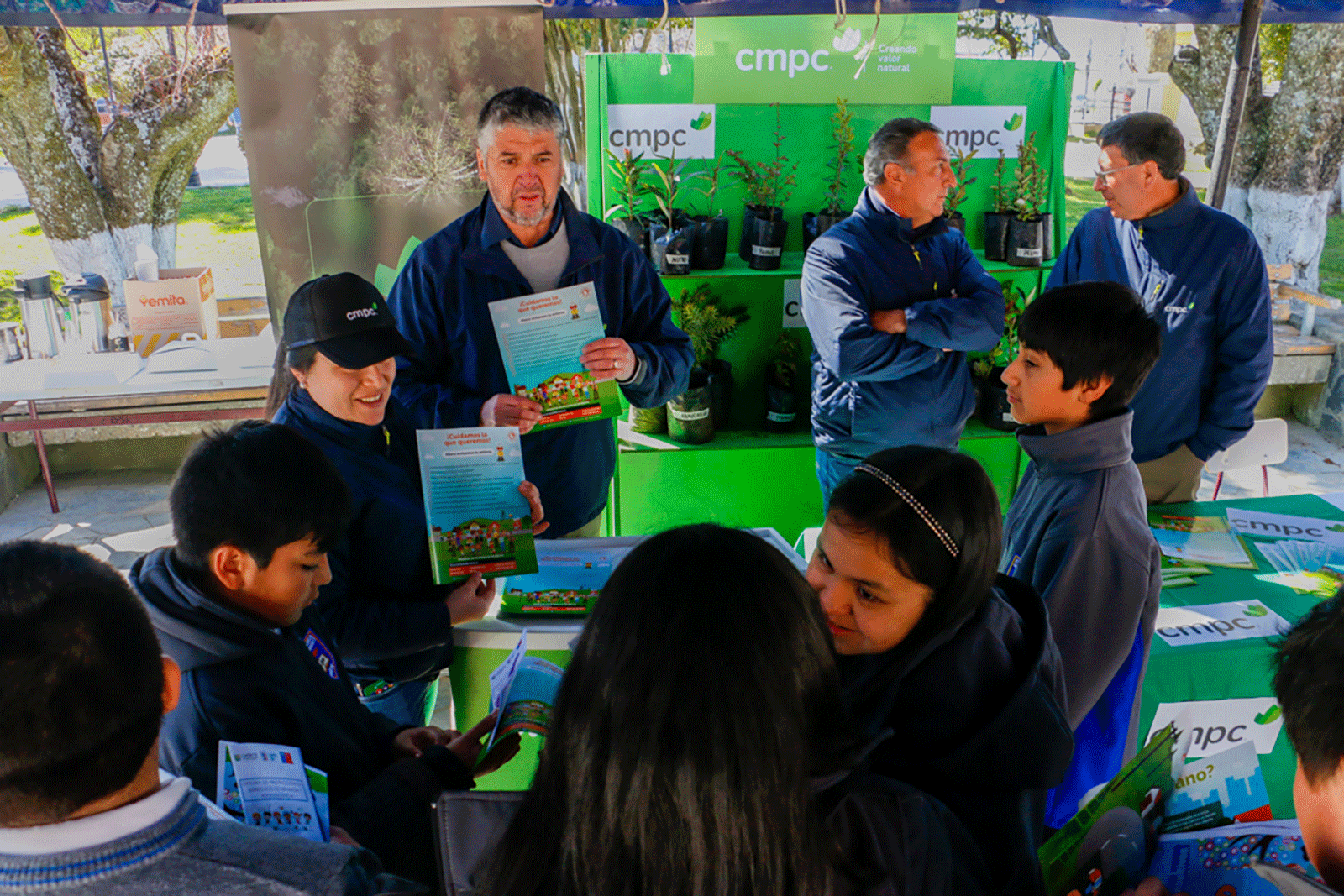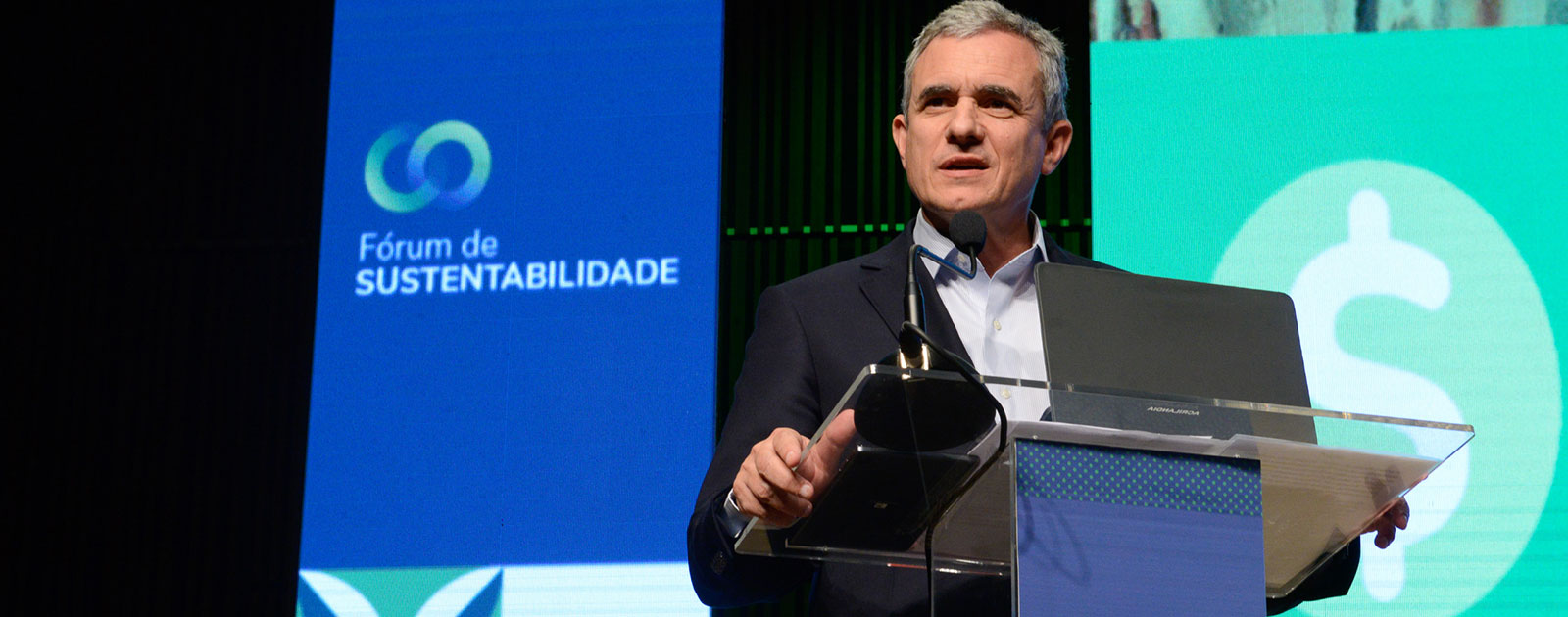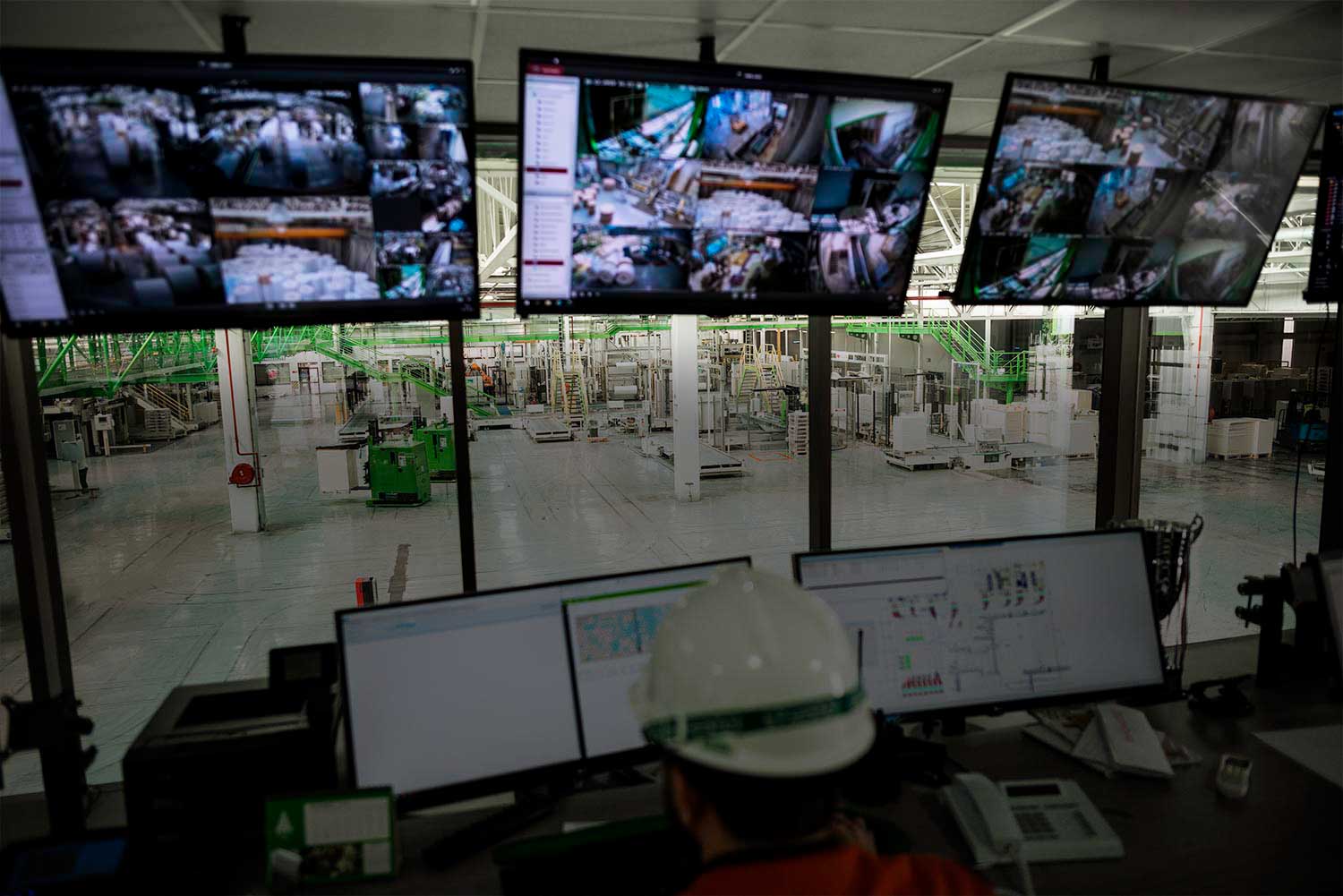
CMPC achieves international certification for energy efficiency at 19 plants and hopes to expand to 23 facilities this year
25 de March, 2021
CMPC Companies made a firm commitment to reduce its carbon footprint and maximize the efficient use of energy. At the close of 2020 certification under the international ISO 50001 standard on energy management was met for 19 of its primary plants and productive processes, which represents 94% of the energy consumption of all company plants.
This achievement spanned the 15 plants in Chile, one in Peru, and three in Brazil. As part of this year’s goal, the company intends to cover 23 facilities, incorporating these processes in other Latin American countries where it operates.
The CMPC Energy Management System (EMS) began implementation in 2014 at only three pulp plants in Chile. From then until 2020, the EMS has lead to an energy cost savings equivalent of USD 93 million dollars with energy savings of 8,006 GWhe. That is equivalent to 2% of the entire energy consumption of Chile in one year.
“What we have been creating with the Energy Management Systems and the ISO 50001 certification is an energy snapshot of each process to maximize efficiency. We measure every process and department in order to identify where we can reduce consumption of steam, electricity, and fuels such as petroleum and gas, for example. This is all done with auditable and standardized procedures and methodologies,” states Enrique Donoso, CMPC Forest Bioenergy Manager.
The 2021 goal is for the 23 plants of the three business units of the Wood-Pulp, Biopackaging and Softys company be certified under the ISO 50001 version 2018 standard in line with the environmental goals set out by CMPC in September 2019. This specifically includes a 50% reduction in greenhouse gas emissions by 2030, and “being more efficient and competitive in the markets where we participate, ensuring sustainable processes and activities over the long term,” says Donoso.
Additionally, another important benchmark has been to internationalize the energy management system. Donoso adds, “As of 2019, in addition to the three pulp plants and a paper sack plant in Chile, we only had one other facility certified in Latin America, a tissue production plant in Uruguay. In 2020 we certified three Softys plants in Brazil and Peru, meaning the Energy Management System was permanently expanded to those countries. A goal for next year is to make strong strides to continue this progress.
Thanks to the certfication achievements and the implemented energy efficiency measures,
since 2017 CMPC has been able to apply for the Energy Excellence award in Chile, formerly
called the Energy Efficiency Seal. It was awarded by the Ministry of Energy and the Chilean
Energy Sustainability Agency, who gave the company four Gold category award in 2019 for its
Energy Management Systems at the Santa Fe, Pacífico, Laja and Sack Kraft Chillán plants
and five Silver category Awards for the Softys Talagante and Puente Alto plants and the CMPC
Wood plants in Bucalemu, Mulchén and Coronel. Sack Kraft was also awarded the
Outstanding Energy Efficiency Prize , the highest level of all participating companies. The new
goal is to have 15 plants in Chile participate in the Gold category and also apply for the
trajectory award and the efficient transportation or electromobility award.
“We are ahead of the law when it comes to energy efficiency because we have implemented the Energy Management Systems and certified them, and we’ve achieved highly significant savings with these systems. Today’s big challenge is to extend these certifications to the rest of the Latin American countries where we operate. This project does not only apply to Chile,” said Enrique Donoso, CMPC Forest Bioenergy Manager.
About the ISO 50001 standard of 2018
The ISO 50001: 2018 standard “Energy Management Systems” establishes a framework for energy management by implementing policies, procedures, objectives, goals and action plans in order to achieve efficient use of energy, cost reduction and greenhouse gas reduction. Another aim is for energy efficiency to be converted into energy savings. The standard was published for the first time in June 2011 and updated in August 2018.
ISO 50001 Certified Plants 2018 version
